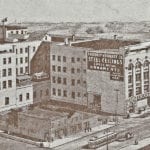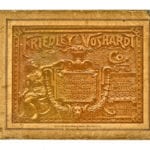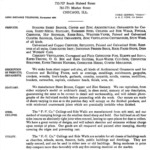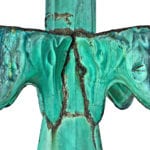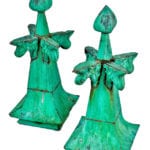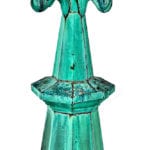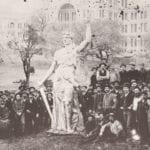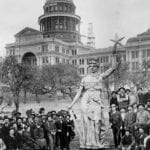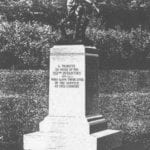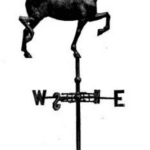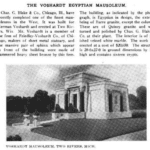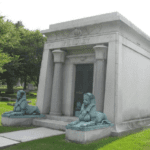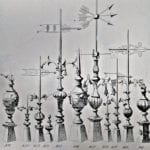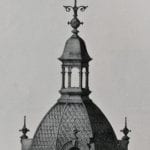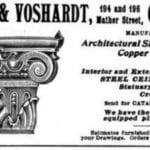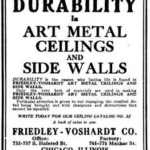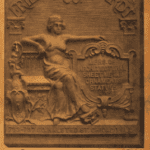early 20th century gothic style copper ornament salvaged from st. john's church was executed by friedley-voshart company
This entry was posted on August 17 2016 by Eric
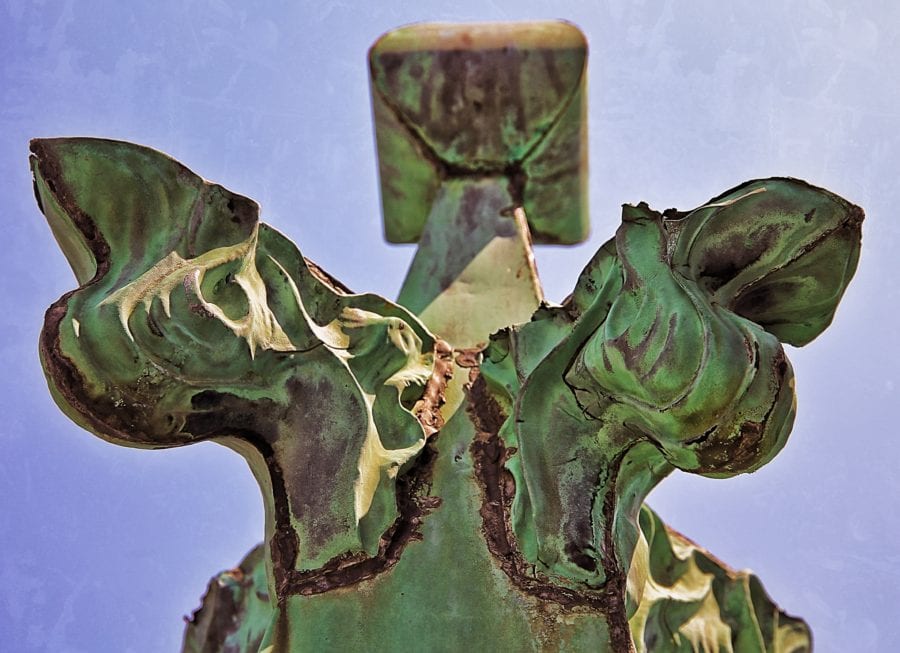
during this week’s demolition at 2442 w. moffat street, as st. john’s church was painstakingly deconstructed before my eyes, i decided to move forward and secure two matching sets of original c. 1910 gothic style pressed and folded antique copper finials, along with the topmost oversized finial (the lightning rod remains largely intact) from the church building's steeple or tower. the nicely weathered and structurally sound ornament, with its richly colored and mostly uniform green patination, visibly marks its century atop the logan square church, and makes the finials appealing fragments to rescue as some of the more notable stand-ins for the historic structure as it quickly is converted into piles of recyclable components waiting to be hauled off site and integrated into projects in needs of period materials.
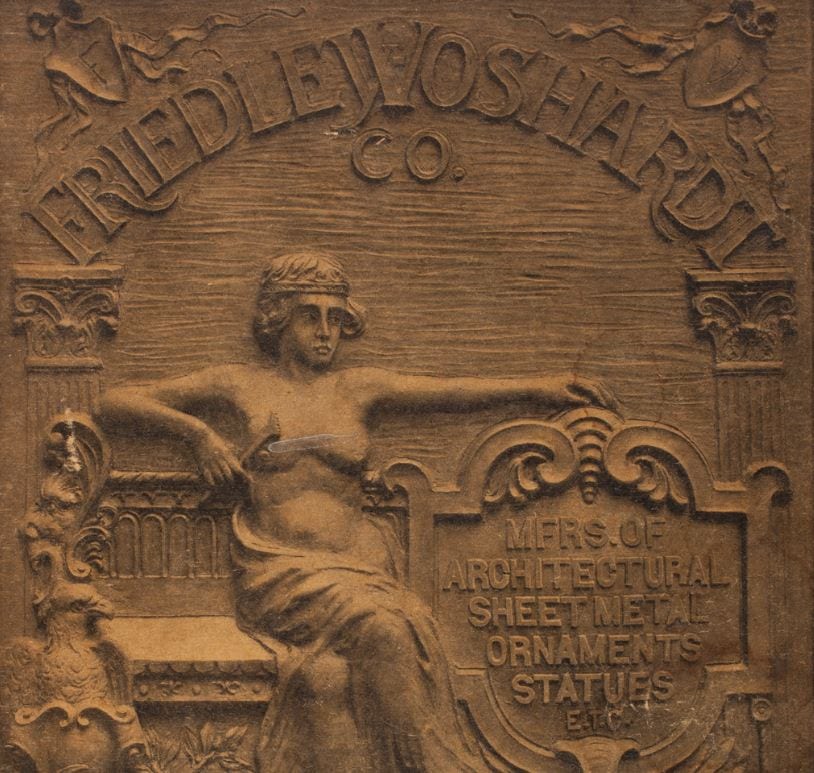
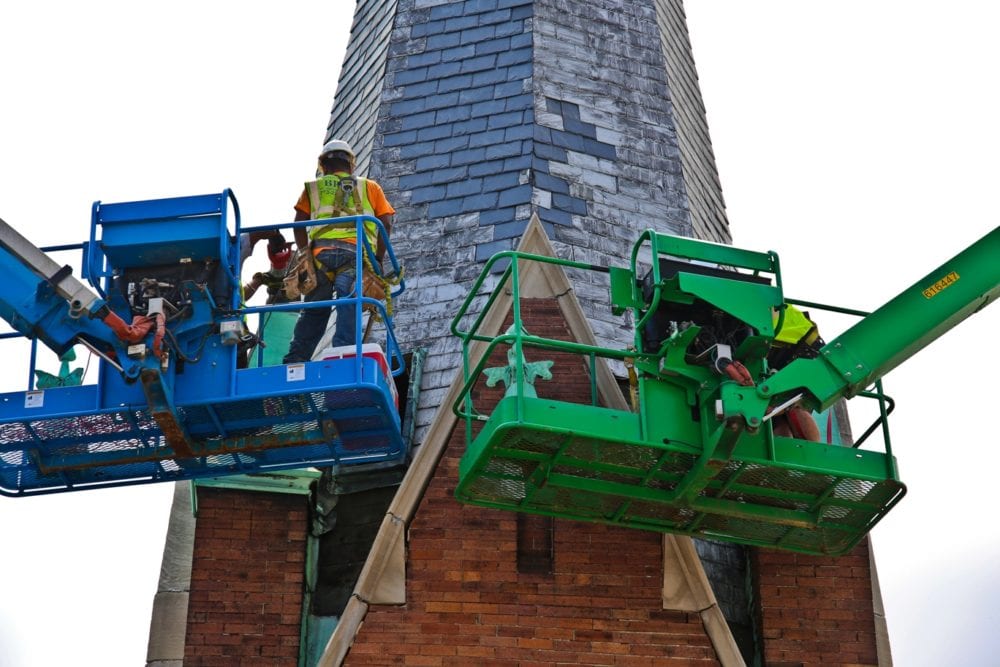
the church itself started out with a german congregation and bears many architectural elements fabricated by german manufacturers. the pair of brightly colored metal finials were manufactured in chicago, however, by second-generation german immigrants in the friedley-voshardt company. their main offices were once at 733-737 south halsted and the factory at 761-771 mather street. a chicago tribune blurb from 1893 announces the company would erect a 3-story, 50 x 150 light manufacturing building at mather & halsted, after plans of d.h. laponte and at a cost of $16,000. they additionally seemed to have occupied 1501 w. congress street during the early 20th century.
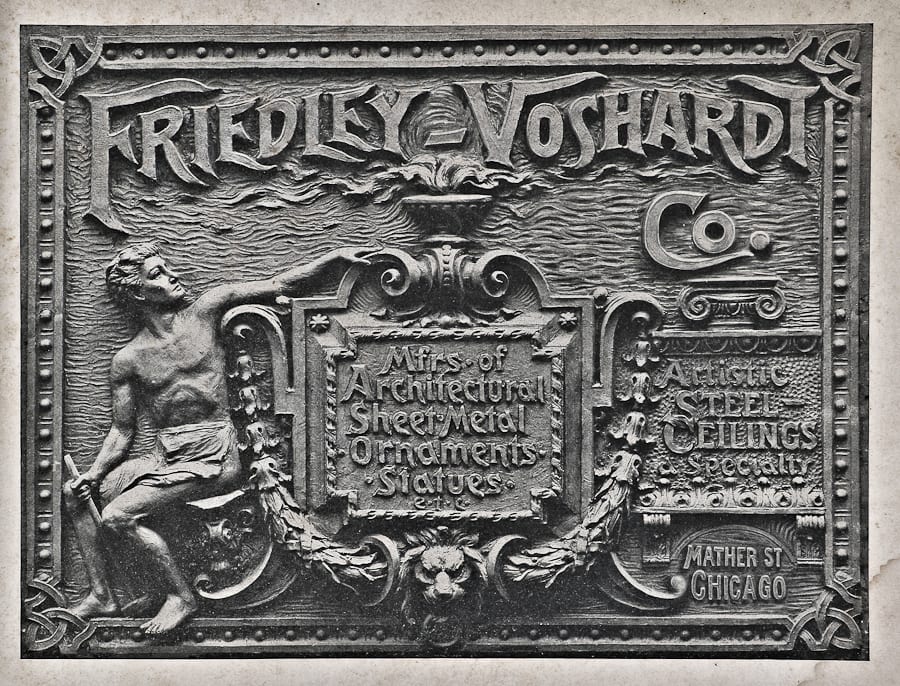
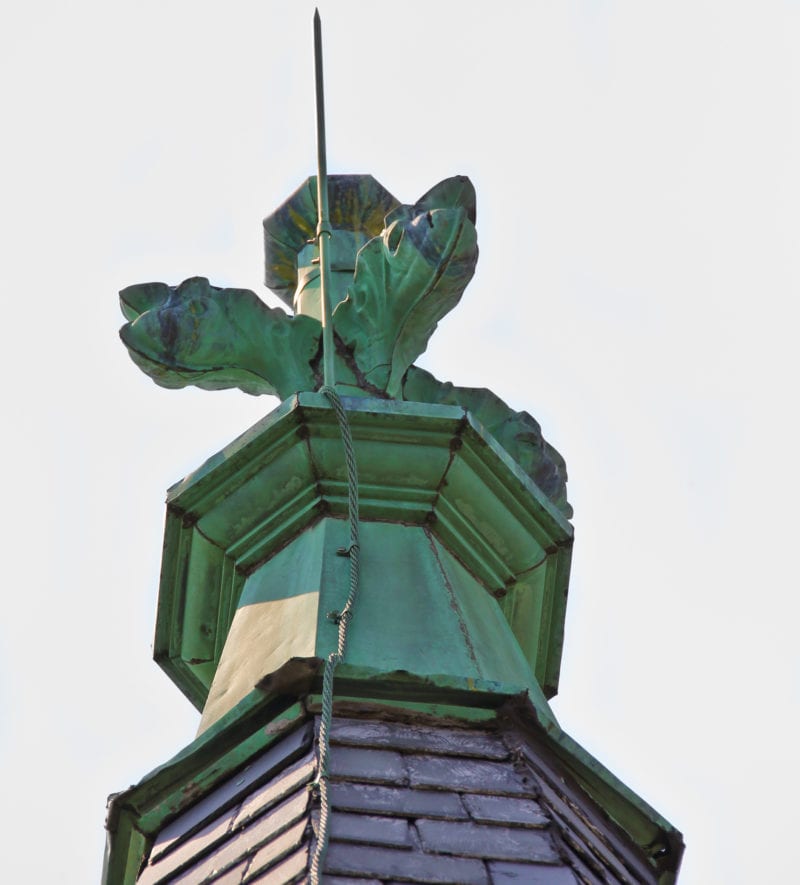
together friedley and voshardt manufactured architectural sheet metal from the late 19th century until the late 1920's, after which time both men had passed away. catalogs display an extensive assortment of figurative and decorative statues, building ornament, brass "fixture" parts or fittings, and interior tin metal ceilings. a number of patents were taken out in the names of both men, for design-work and devices associated with metalworking.
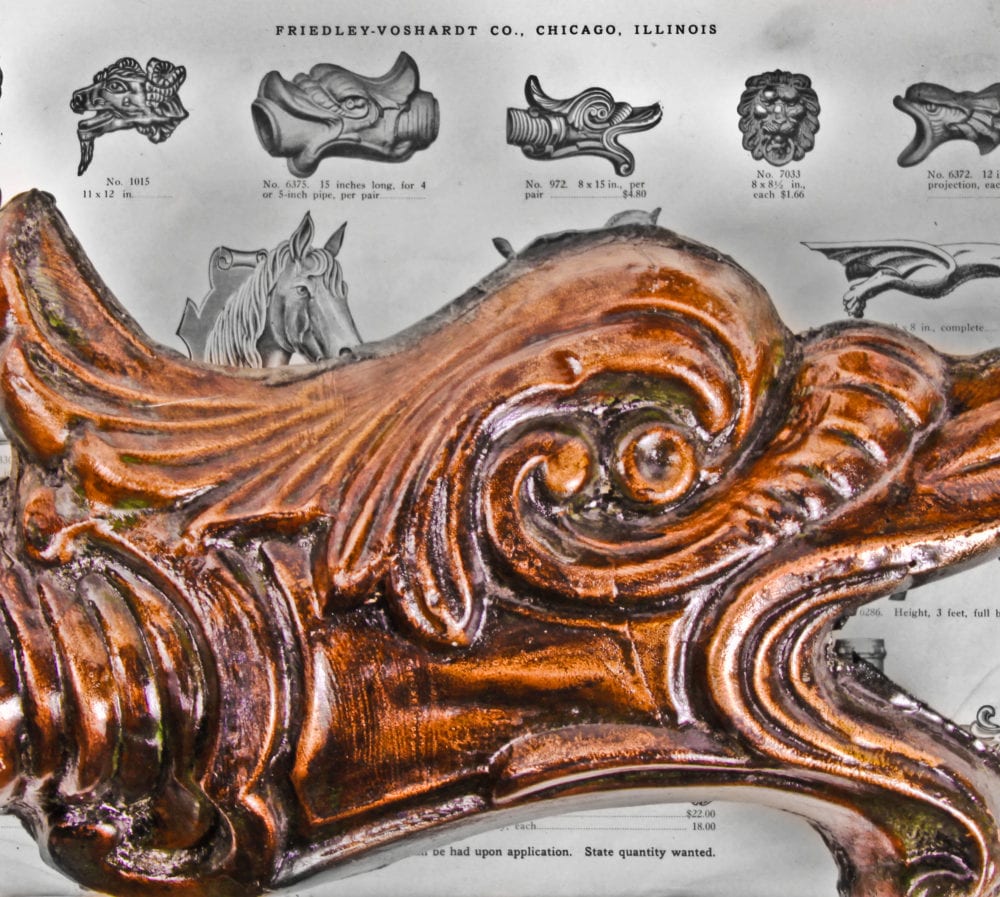
the company was purportedly founded in 1875 as "friedley & voshardt", and the first edition of its catalog didn’t appear for another 14 years. their overall manufacturing process consisted of swaging metal in sections by the use of metal dies (made from plaster casts, those in turn made from the model). the sections would be shaped and soldered and/or riveted together in such a manner as to make joints seamless or "invisible."
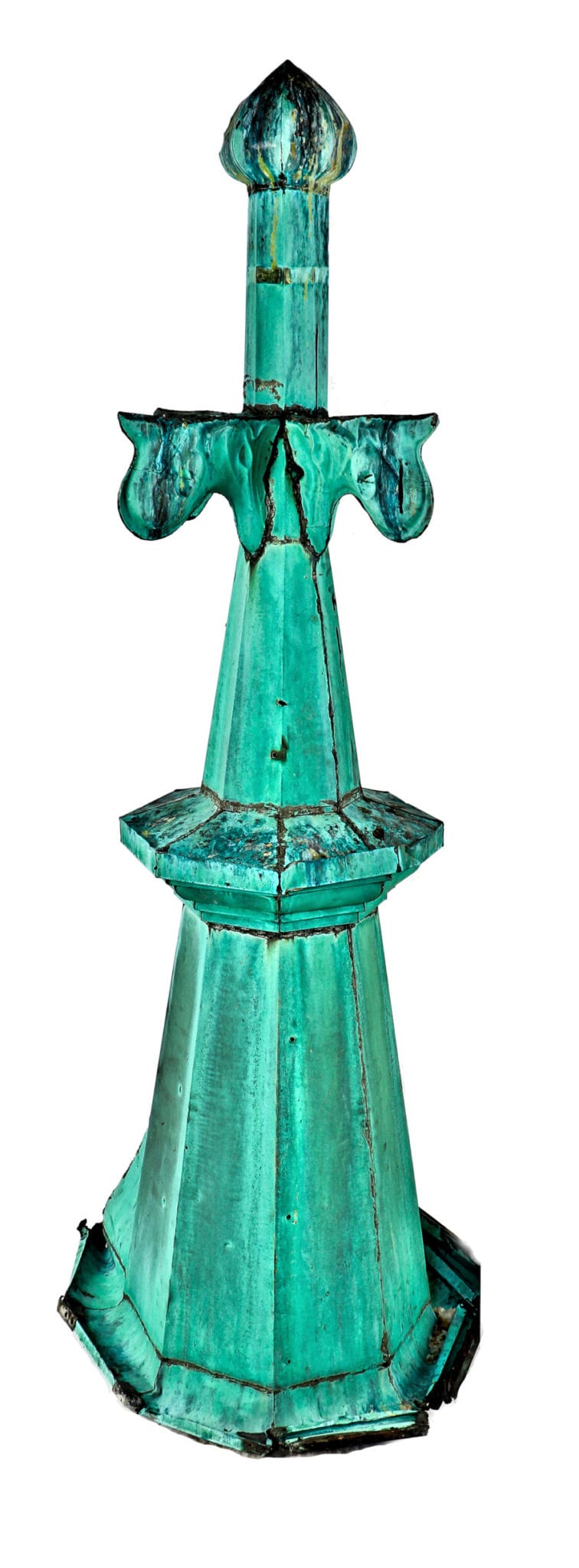
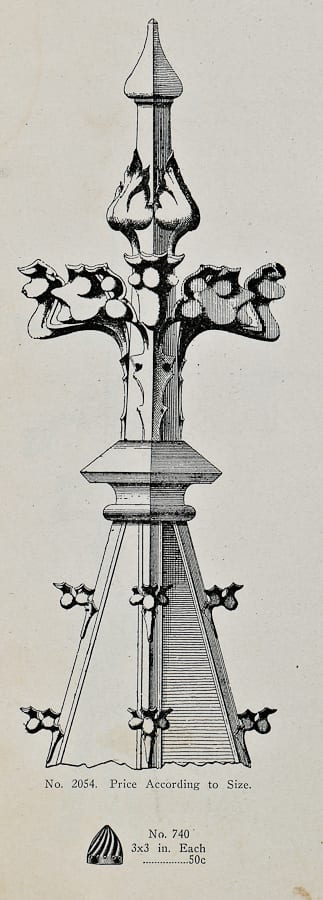 albert friedley and herman f. voshardt hailed from naperville, illinois, and two rivers, wisconsin, respectively. voshardt was first employed as a tinsmith in minneapolis before arriving to chicago. less information is recorded on how friedley came to be a sculptor. during their lifetime, friedley and voshardt created components for a number of historic buildings, and notably created the cornice work on the texas state capitol building during the late 19th century, as foreman for john c. mcfarland. friedley and voshardt guided the fabrication of a zinc 'goddess of liberty' statue that utilized plaster molds supplied by an unidentified sculptor (and arriving to chicago by railroad). the two reputedly set up a foundry in the southeast basement corner of the unfinished capitol, and during 1888 oversaw the casting of the 16-foot, 2000 pound statue from 80 separately welded pieces (i.e. torso, arms, and head).
albert friedley and herman f. voshardt hailed from naperville, illinois, and two rivers, wisconsin, respectively. voshardt was first employed as a tinsmith in minneapolis before arriving to chicago. less information is recorded on how friedley came to be a sculptor. during their lifetime, friedley and voshardt created components for a number of historic buildings, and notably created the cornice work on the texas state capitol building during the late 19th century, as foreman for john c. mcfarland. friedley and voshardt guided the fabrication of a zinc 'goddess of liberty' statue that utilized plaster molds supplied by an unidentified sculptor (and arriving to chicago by railroad). the two reputedly set up a foundry in the southeast basement corner of the unfinished capitol, and during 1888 oversaw the casting of the 16-foot, 2000 pound statue from 80 separately welded pieces (i.e. torso, arms, and head).
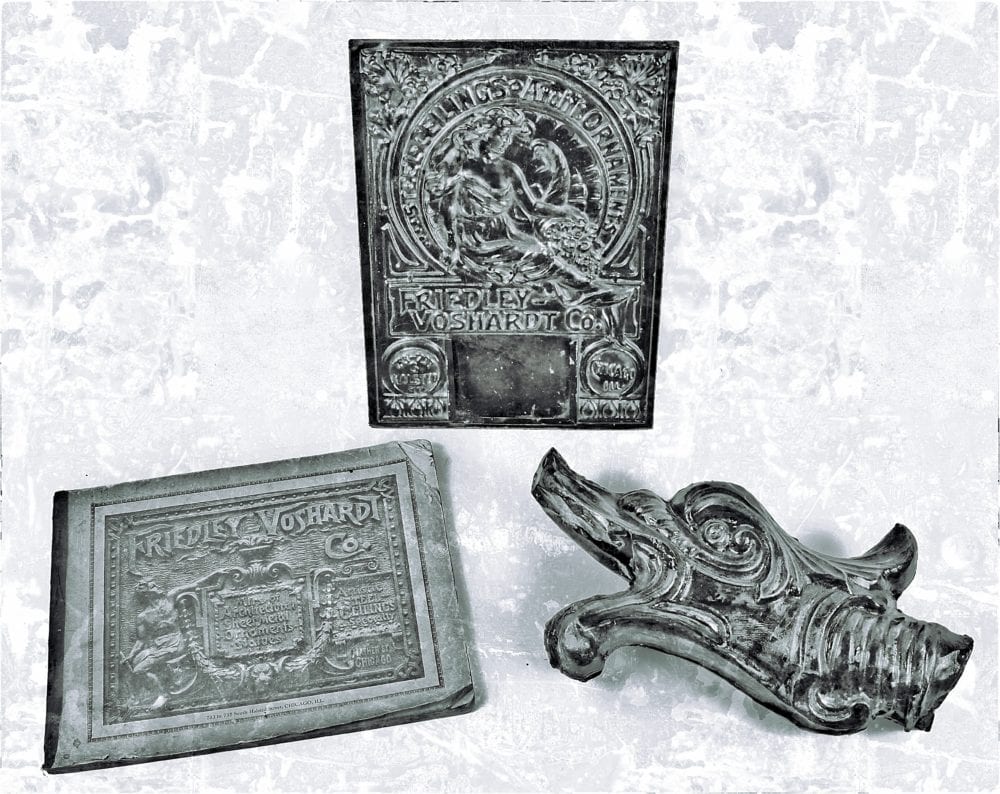
in 1924, when albert friedley passed away, voshardt married his widow. interestingly, both men are entombed in lavish egyptian-style mausoleums in their separate places of origin.
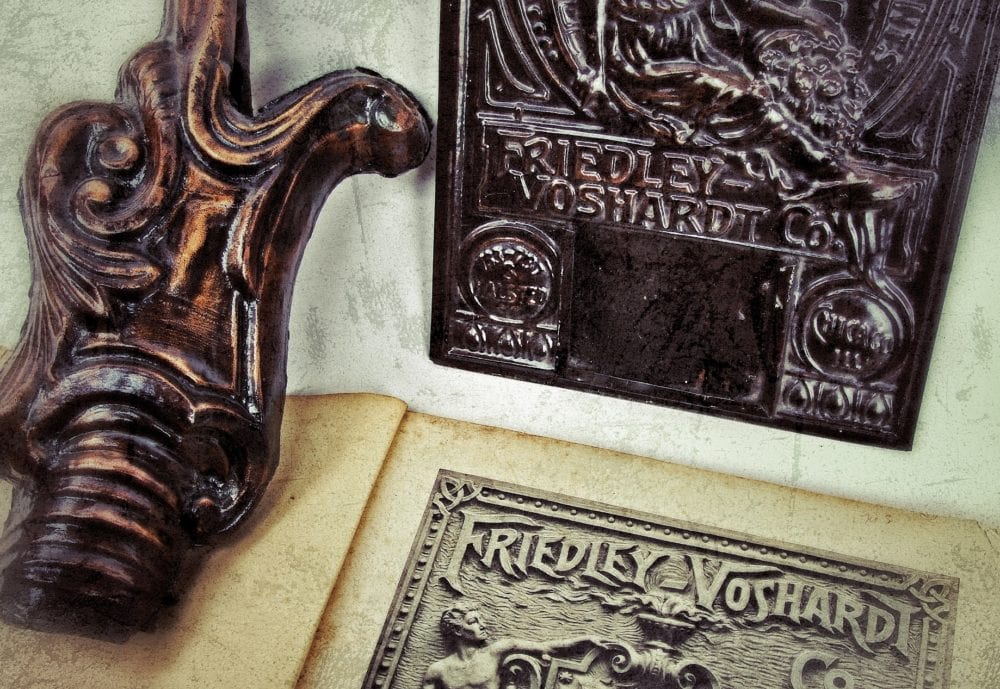
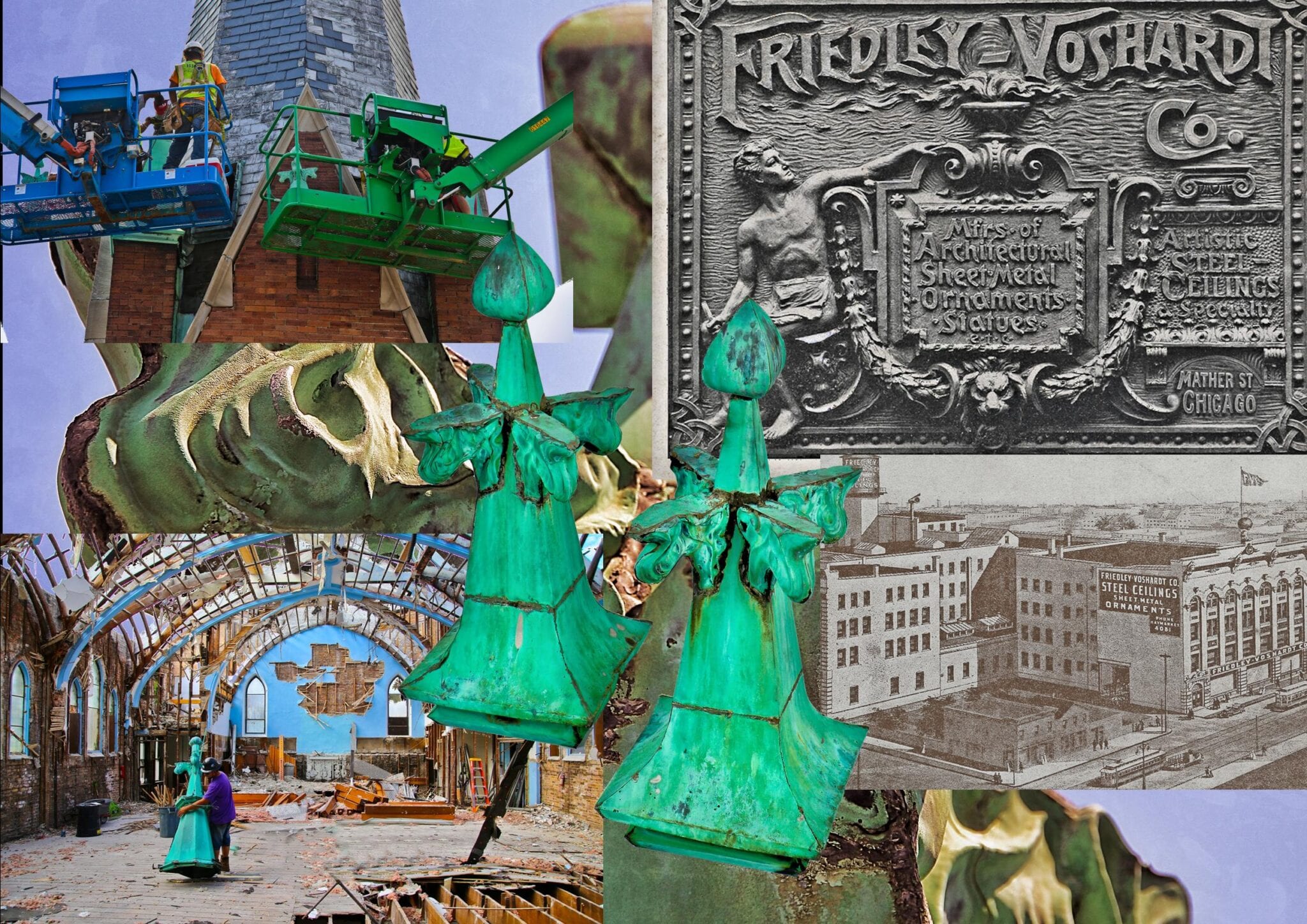
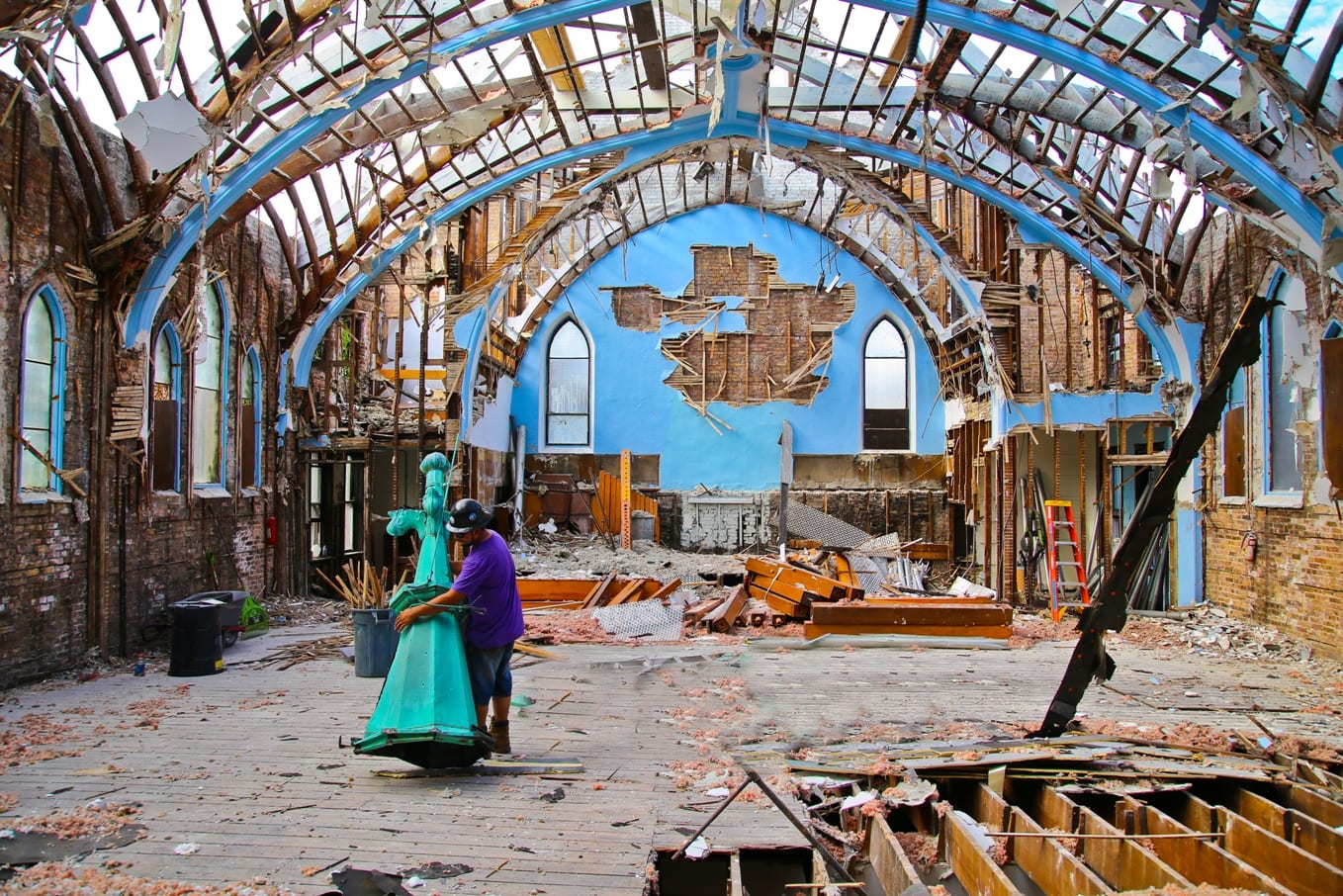
This entry was posted in , Miscellaneous, Salvages, Bldg. 51, New Products, Events & Announcements, New Acquisitions, Featured Posts & Bldg. 51 Feed on August 17 2016 by Eric
WORDLWIDE SHIPPING
If required, please contact an Urban Remains sales associate.
NEW PRODUCTS DAILY
Check back daily as we are constantly adding new products.
PREMIUM SUPPORT
We're here to help answer any question. Contact us anytime!
SALES & PROMOTIONS
Join our newsletter to get the latest information

